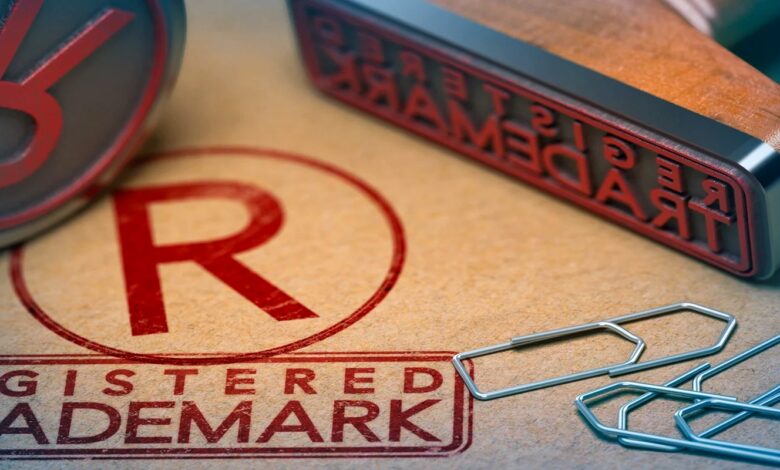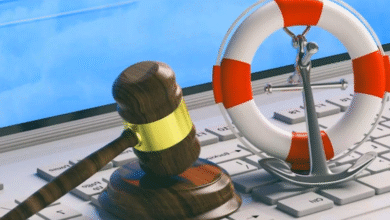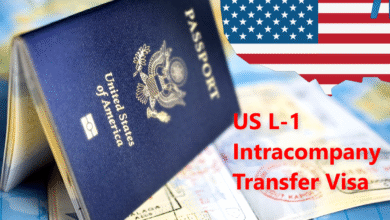Trademark squatting: what is it & can it be prevented?

Trademarks are the essence and soul of a business. They serve to distinguish a brand and offering from everyone else in the market. Google, Nike’s Swoosh, and McDonald’s’ Golden Arches are all iconic trademarks known throughout the world. They can be names, logos, designs, slogans, and anything else associated with a particular brand.
While trademarks are there to protect brands from theft and unpermitted use of the intellectual property (IP), your IP can be vulnerable to trademark squatting. In this article, we’ll discuss what this is and how it can be prevented.
Read More: 4 Questions to Ask a Lawyer Before Selling Your Business
What is trademark squatting?
Trademark squatting is the use or registration of a typically well-known trademark from another country without proper permission or fair intent.
Squatters will apply for trademarks relating to businesses that have not yet expanded into certain countries. This is in the hope that they one day will, and the squatters can then extort the business to pay them for the IP rights in that country.
It’s ultimately a violation of intellectual property rights made possible because of the difficulty in enforcing IP regulations between countries. Trademarks are considered to be unique in the specific country or jurisdiction they were granted – so a trademark that is valid in the UK is unlikely to be recognised in the EU after Brexit, for example. This is when squatters act in the hopes of a big payoff.
First-to-file vs first-to-use – what’s the difference?
There are two distinct trademarking processes at play across the globe – first-to-file and first-to-use. Understanding the difference and where these rules apply is crucial if you’re entering a dispute or expanding your business.
First-to-file is the predominant system used in countries including the UK, Germany, China, and Japan and in the EU. According to this principle, trademark privileges belong to the business that files first, disregarding any prior commercial use of the IP.
In contrast, countries such as the USA, Canada, Denmark, and Australia operate in line with a first-to-use system. This grants trademark rights to the business that first uses IP commercially – even if they register the trademark after another business.
Understanding the difference here will give you a heads-up as to potential challenges you could face in different countries if you’re expanding.
Read More: 7 Interesting Ways Law Firms are using Digital Marketing to Boost their Business
How to tackle and prevent trademark squatting
The first thing businesses can do to protect themselves from trademark squatting is to take precautions when it comes to their IP around the world. Any potential expansions should be planned well in advance and trademarks registered as early as possible to reduce the chances of squatting.
If trademark squatting has already taken place, corporate solicitors may need to get involved to navigate the issue and prepare for any legal battles. Squatters can be exposed by proving that they have no intention to use the IP for genuine business reasons or by uncovering other cases of misused filings associated with the person or organization.
Chances are that any squatters want a quick payday to hand over the deeds, but you should take advice from your legal partner to determine what the best course of action is.












One Comment